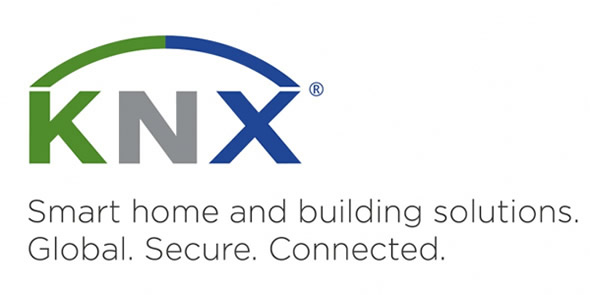 By Mark Warburton, Ivory Egg.
By Mark Warburton, Ivory Egg.
KNX stands alone in building control. No other system has the history, technical stability, interoperability and standardised platform for configuring products from multiple manufacturers. We all know this, and it’s one of the main reasons why KNX has so much success worldwide. But sometimes the benefits of KNX are turned into negatives. ‘There are too many products and solutions’, ‘I want to deal with a single vendor’, ‘it’s an out-of-date system’ are not uncommon statements when talking to those that have experience with control systems.
And when we start talking to end-users or consumers, the benefits we see are often completely irrelevant and mean nothing. Using them can do more harm than good as they can quickly become confused and fail to see why they should be using KNX, let alone a control system. So, let’s stop. Instead, we can talk about what you can achieve in a building. Or better still; what they want to achieve in a building.

Comfort and efficiency
Creating a comfortable internal environment is a conversation that can be had with anyone, regardless of their technical understanding. Or making a building energy efficient, yet still offering the usual creature comforts we all accept, is a concept that everyone can get behind.
Of course at some point, specifics will have to be discussed, but even then, we can talk about the features we can bring to a building. The lights turning on automatically as you open the front door, the heating system maintaining a constant temperature that is based on each room’s requirement, or the shades closing automatically to prevent solar gain are all great examples of how we can improve a building.

So how do we make sure that KNX is the solution chosen at the end of the design process? After all, most building automation systems are capable of offering the same, if not very similar control. You may need to link a few systems together to achieve the breadth of functions with KNX, but it’s certainly possible.
An alternative approach
One option is to talk about the things you don’t want in a building automation system:
• Products that won’t work together because the manufacturers work to different communication standards.
• Reliance on a central unit without any individual intelligence to make the system robust.
• Systems that can be phased out by a manufacturer with minimum notice.
This approach creates a set of criteria needed for a building automation system without talking about the specific solution. The fact that there is only one solution on the market that can meet these criteria becomes a problem for all the non-KNX solutions out there, instead of being something used to counter the benefits of KNX.
The gold standard
Ultimately, if we can get to the point where the KNX logo is recognised as a guarantee of interoperability and reliability, without even knowing how it works, then we can start to make real progress. Already, it allows manufacturers to promote their solutions independently without opening the conversation to a discussion about using other systems, but there is a lot more that can be done to have it recognised by a wider audience.

Intel is a great example of how a simple concept, ‘Intel Inside’, can be used to give consumers the reassurance that their product will work well. After all, not many people understand how a microprocessor works, but regardless of the brand of the computer, knowing that it has ‘Intel Inside’ gives consumers the confidence to buy the product.
Conclusion
KNX is in a unique position in the control industry, but we need to be better at leveraging this position whilst simultaneously simplifying the conversation. To this end, the KNX Association has recently overhauled the main KNX.org website to better communicate what KNX offers and make it more accessible for non-technical visitors. We can all take this as a starting point to look at how we offer our solutions and services, and perhaps that can be best done by not talking about KNX at all.
Mark Warburton is the Technical Director of Ivory Egg (UK) Ltd, a supplier of leading KNX products and provider of KNX training courses.












